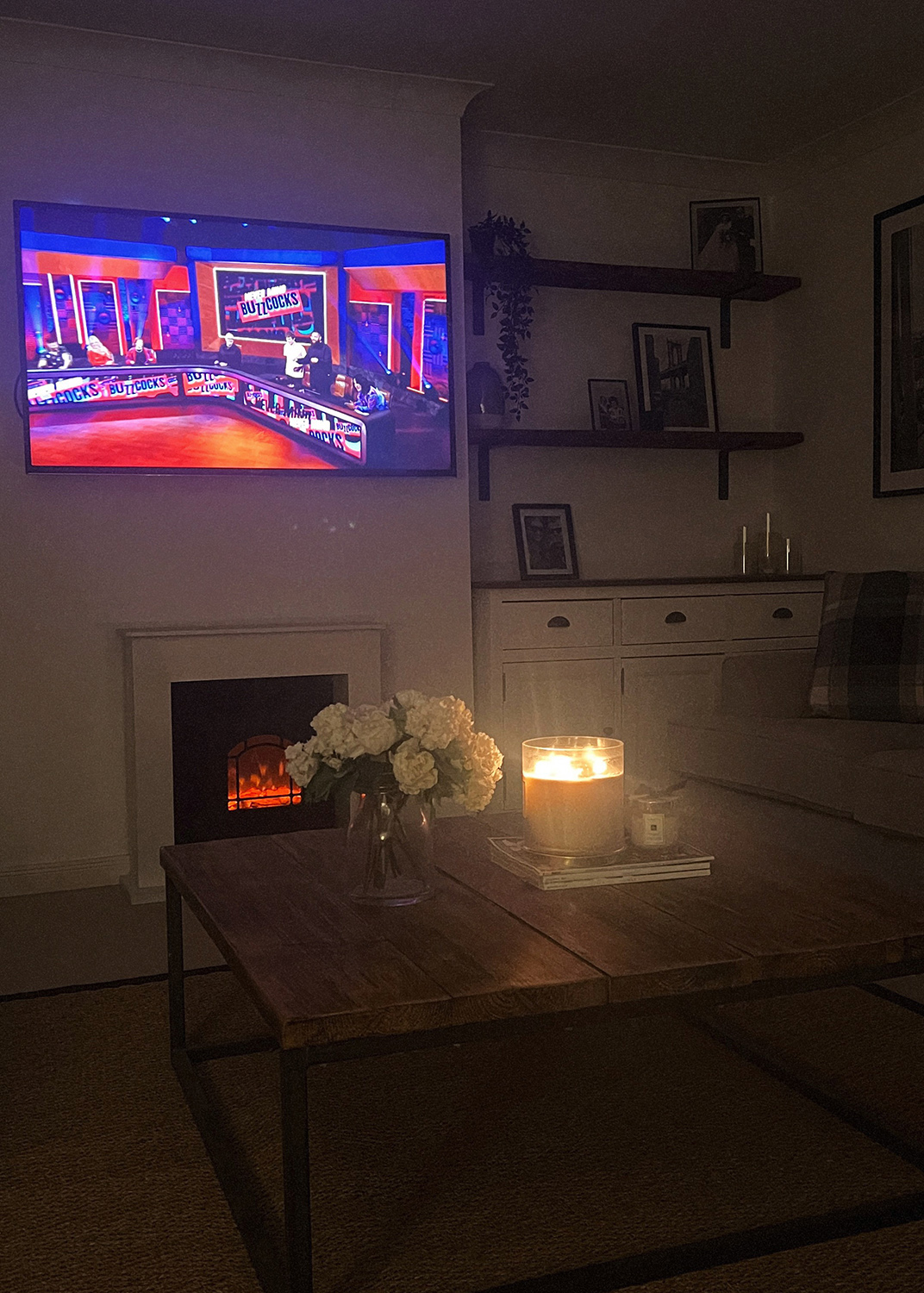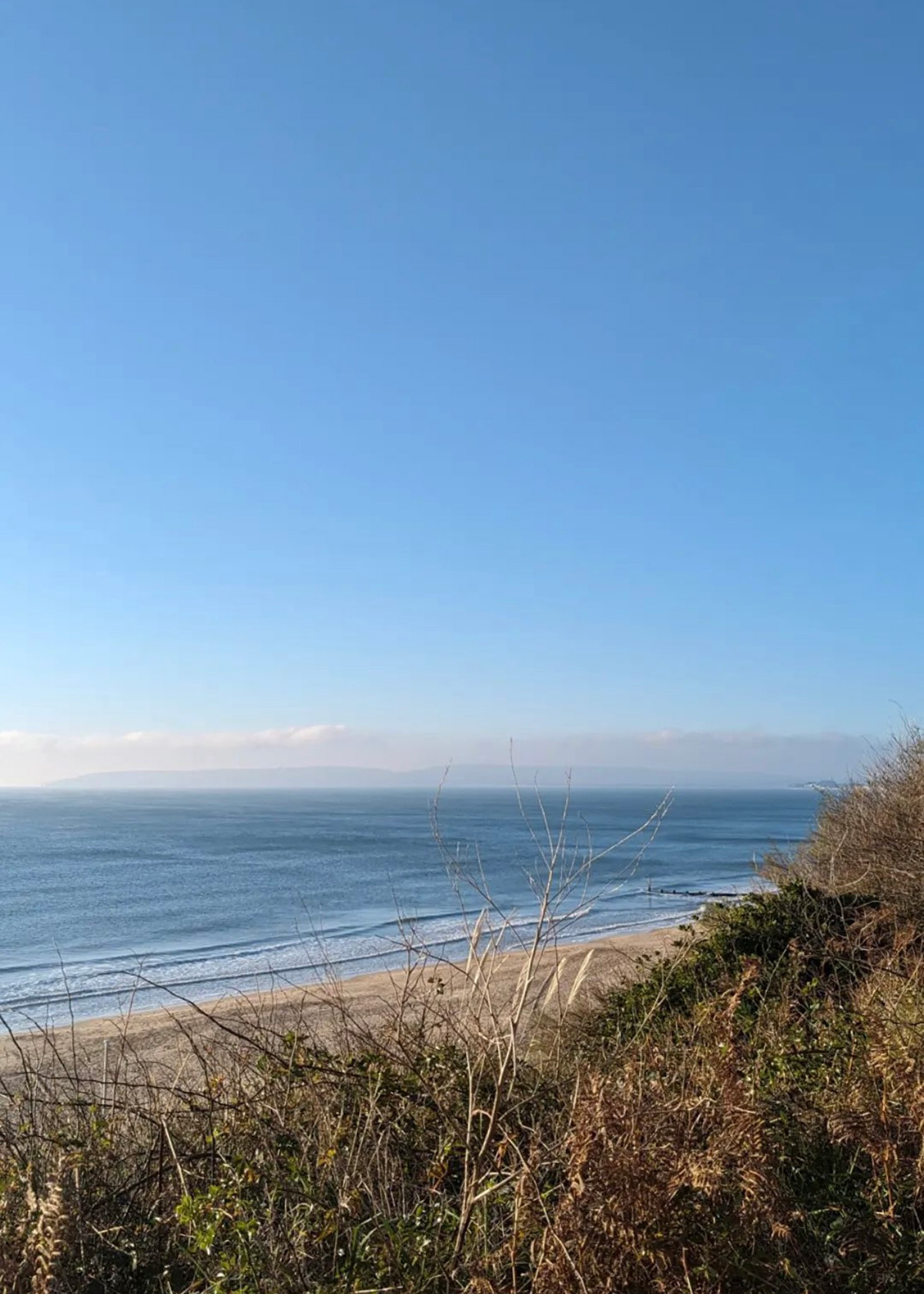Today I am going to be speaking to you guys about what is SEO. If you have a blog or a website, then I am sure that this is a term you are familiar with. SEO is what makes the world turn round when it comes to your website. To get the views that we all want in the blogging world, it is SEO that you need to know about. As you may know, in my day job I am the head of a marketing team, which means that I know a thing or two about SEO. In this post I am going to tell you everything that you need. Not only that, but I am also going to do this in language that you will understand. Hopefully, you will leave this blog post having learnt something new that can help you out.

What is SEO?
To put this in its simplest form, SEO is what makes your website visible to search engines. The better your SEO ranks, the higher your website will show in search engines. You can achieve a high SEO by using keywords, increasing backlinks, decreasing bounce rate and so much more. It is a slot and a battle to improve your SEO, but worth it. I am now going to go through all of the different small steps that you can take to help built on your SEO rating and improve your website!
Each post needs a keyword/keyphrase.
When you are writing a blog post, you need to think about what the keyword, or key phrases are going to be used alongside. For me, the keywords on this post will be all about ‘SEO’, ‘What is SEO’, ‘How to improve SEO’. Once you have that worked out, you can do some analysis into how much those terms are searched. This will help you to understand how well-received your post will be. But it also reminds you before you start to write about how you should incorporate them into your post. This is vitally important if you want to improve your rankings.
Post regularly.
One of the main aspects of gaining traction within the SEO world is to ensure that you are posting regularly. For me, I write a post every 4 days. In some instances, if I have lots of idea, I may increase this to posting every other day. This is a good balance for me in my work life, plus it benefits my blog. However, consistency is key. If you can only write one post per month, that is fine, just ensure that you are doing that consistently. Search engines can see the frequency in which you post, but people will also begin to notice too.
Quality over quantity.
I may have just told you to post regularly but make sure that it is high quality. I could post 5 times per day, that doesn’t mean that it is worth reading though. If nobody is reading your posts and Google notices, you are going to plummet. What you are writing has to be rich in SEO. It needs to have good keyword placement. Not to mention that it needs to be something that people actually want to write about. Over time, by looking at your metrics, you begin to see the posts which go down well and the ones that flop.
Use headers.
In a post like this one for example, you will see that I have different headers throughout to help break up the text. This is needed in a post of this length. It is not always suitable, but in most instances, I can do it here on my blog. This helps search engines to see the different areas of your post and helps Google bots search through your sites so much easier. Plus, it makes it hell of a lot easier for people reading to scan down and just read the section that they want to see.
Go through old content.
Now that we know what SEO is and that it is about the quality of your posts. The next thing that I need to talk about is checking over old content. This means that once every now and again you should sit down, and spot check your own work. Go through all posts and scrutinise your work. I do this because it helps me to ensure that my true opinions are online. It also allows search engines to see that I am taking my content seriously and going back through it. It is a little boost in your rankings!
Use plug-ins for SEO as a guide.
If you are working on a platform such as WordPress, take advantage of the plug ins available. I do believe that you have to have a natural ability for writing to succeed organically. However, using the plugins on WordPress are fantastic. I heavily rely on the likes of Yoest for readability and basic SEO. This is a very simple plug in. Essentially, as you are writing your post, it will give you a traffic light score. Aim for all of your posts to be on green and I think you will be onto a winner. For me personally, I can write all day. However, it wasn’t always ‘readable’ for search engines, so I had to adapt.
Use images and videos.
Images are great for a number of reasons on your website. The first being that they break up the text and give the reader something else to focus on. This helps with the readability as there is more chance somebody will stay on your page. The second reason is that the more images and videos that you use that are correctly named with the appropriate tags, the more this will be recognised. With my normal posts here on my blog, I try to upload three images. All of which are correctly named. That seems to be a good balance for a 1000-word blog post.
Get some backlinks.
Backlinks are something that the marketing department which I manage go crazy over. Getting backlinks to your website is a huge advantage to any website. A backlink is where somebody on another site, links to your site. It sounds easy enough, but they can be hard to achieve. The more credible the website is which is linking to your own, the better it will be for you. A prime example of this is in my job, a .gov website linked to our company site. Our rankings improved and we rocketed up the search rankings.
Use alt tags.
When adding images to your blog posts, you need to be using alt tags. This is a HTML attribute that you assign to images so that they appear correctly in search engines. You can assign these pretty easily in most search engines, but I know when I was on Blogger platform you don’t have the capability. It is a very simple thing to do and adding these alt tags can just give you a little positive push on a stores search engine ranking. It is these small things that amount to large changes.
Use metadata accordingly.
Whether you are writing blog posts or uploading products, you can upload meta information. This is important because this is what a search engine sees and pulls through. I can remember for a long time I didn’t think about this and I ignored it here on my blog. Then, one weekend I decided to go through all posts and update. Within a single month my organic traffic increased by 40%. Make sure that both the meta title and description contain your keyword and give a great synopsis of what you are writing about.
Use links throughout your text.
To gain some credibility your blog needs to make the most of internal and external links. By using internal links, you are showing that you are aware of the other content on your site. That your posts flow into one another and it gives you a strong appearance. By linking externally. You are showing that you are credible because you don’t know everything, and you are calling on other people’s expertise. Just remember that where you are linking to needs to be a trustworthy source. The key is as you write, spot the links and add them there and then.
Think about your site speed.
If your site is slow, you are going to rank poorly. It really is as simple as that. There was an update earlier in 2021 and Google basically said slow sites can just die. Not only does it impact how Google views your site, but it will also frustrate the people entering your site. This may increase your bounce rate over time. You can improve your site speed by deleting old dead content, reducing image size and looking at site abandonment rates. Also make sure to check over your servers to check that there is not a broader issue.
Optimise your site for mobile.
With the way that world is moving, all sites should be optimised for mobile. For me with my blog, even though my theme is better on desktop, it does work for mobile. That means that my images can adjust on their own and everything displays in an easily readable way. Over 60% of Google searches are now done on mobile so that shows how important this is. To be honest, this is a deal breaker and to get the stats, it must be done. If you do not optimise for mobile, it can hinder user experience. In turn, that will affect the rankings.
Have an easy-to-read layout.
Layout is imperative when it comes to your blog or website. The reason for this is that it feeds through into many different aspects. If people cannot navigate your website easily, they will leave. If people leave your website, they will increase your bounce rate. Even if people do click through your site, search engines take a lot into account. If people have to move their mouse too much before getting from point A to point B. Everything has to be about the ease of the user and them having a nice experience on your site.
Encourage sharing on social media.
Every business or blog in this day and age should be active on social media. I am not and I am a bad blogger for it. It is a well-known fact that posts which are shared on social media rank better. There are many examples that you can find online, but often posts which have been shared on social media tend to see a 10% increase in organic traffic and that is from just one post. Imagine if all of your posts had this activated and the organic traffic that you would gain. I should really try harder with social but I just don’t like it!
Try to lower your bounce rate.
Bounce rate is something that is very hard to keep low. If somebody visits your website and then leaves the site again without clicking, that is a bounce. If your site has a high bounce rate, this will tell search engines that there is nothing worth sticking around for on your website. What you need to do is analyse the pages on your site with the highest bounce rates. This can be found in Google Analytics. From here you can carry out some analysis and try to make changes where required. Typically, sites aim for a bounce rate of around 45%. This varies though depending on what kind of site it is.
Fix broken links.
The last thing that I am going to mention in this blog post is about fixing the broken links on your page. This is so important because it is another indicator to the search engine that you are on the ball. The truth is the broken links can truly be detrimental to your website. If you have a site that is packed with broken links, it tells the search engine that you don’t care about user experience. There are many tools online that you can use to check this. Just pop in your URL and then it will flag up all of the issues that need correcting.
I hope that you guys enjoyed this blog post and that you took something away from it. When it comes to the world of SEO, it can be a daunting thing. I know that because I have done nothing but learn about if for years. For my professional website at the company that I work for, I have to do everything to keep the site at the top of Google. For my own blog, I am a little laxer. I work hard on it, but I also recognise that I don’t do everything that I could. If you take SEO seriously, it could become a full-time job. Sadly, I cannot dedicate that much time to my hobby. Please do leave me a comment down below. Let me know your thoughts on SEO. Is it something that you work on? Or is it just a minefield to you?!






